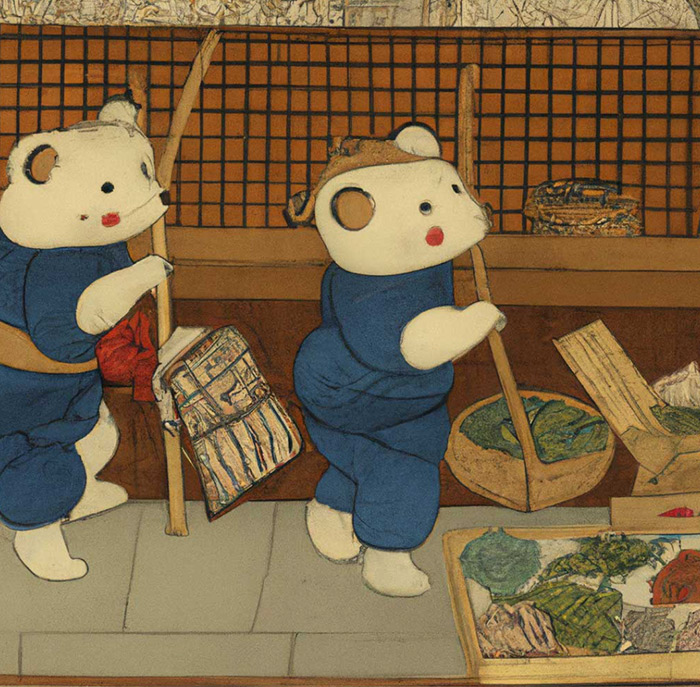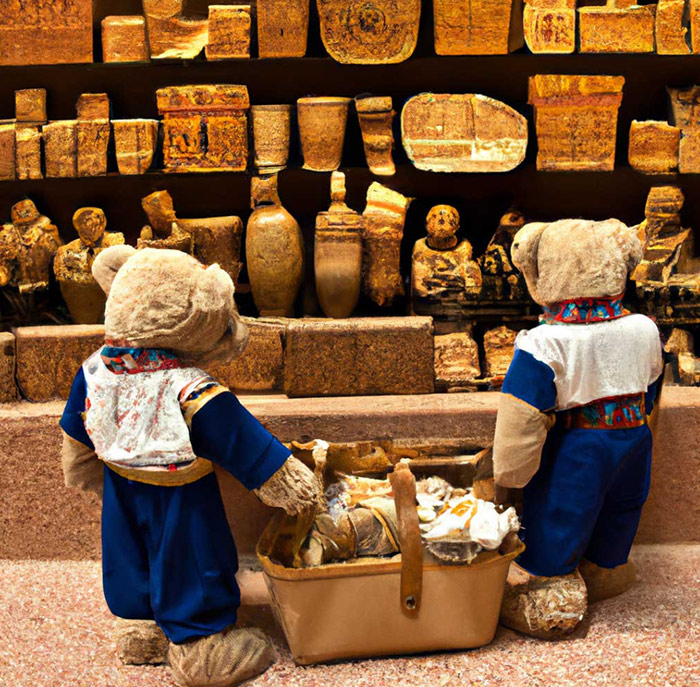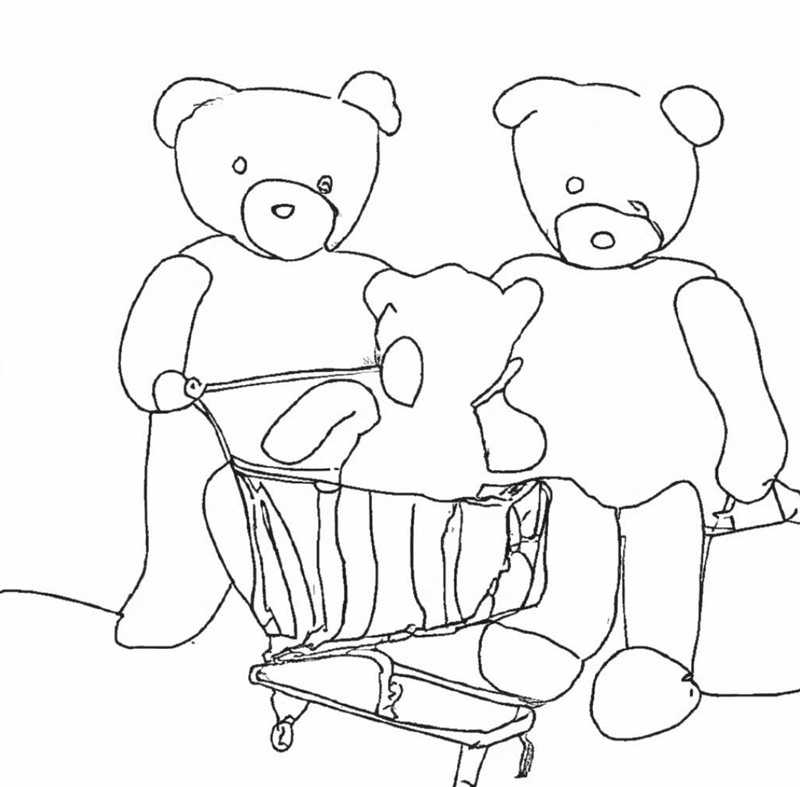Koala bears dunking basketballs? Meet the new AI tech creating realistic images from any description

AI research laboratory OpenAI is currently making headlines again for its latest invention DALL·E 2—or should we say, for its update to the success that was its predecessor, DALL·E. To put it simply, DALL·E 2 is a machine learning model that can generate stunning images from text descriptions in less time than ever before.
As many of you probably know, AI systems being able to create images and art from text is nothing new. We’ve previously seen how the technology could help transform your favourite celebrities into Disney characters or even how it could reimagine your childhood cartoon characters as humans. But DALL·E 2, when compared to other machine learning models out there, can generate more realistic and accurate images with four times greater resolution thanks to OpenAI’s advanced deep learning techniques. Not to mention the images are scarily realistic.
@karenxcheng A demo of DALL-E 2 🤯 will be doing a live demo and taking audience requests, see my IG for details #dalle2 #openai #artificialintelligence
♬ original sound - Karen X
Announced on 6 April 2022 on the company’s Twitter account, the reveal of DALL·E 2 was accompanied by a thread of wonderful photos which quickly grabbed the attention of the platform’s users.
Here’s a look at what DALL·E 2 can do. 👀🧵👇
— OpenAI (@OpenAI) April 6, 2022
Want to see more? Follow along on Instagram: https://t.co/eKejIFxWdn
A short video that successfully harnessed the power of the technology—just letting you know, you’re about to see a Panda bear ice skating and a Koala bear dunk a basketball—and what it can do followed the thread:
Our newest system DALL·E 2 can create realistic images and art from a description in natural language. See it here: https://t.co/Kmjko82YO5 pic.twitter.com/QEh9kWUE8A
— OpenAI (@OpenAI) April 6, 2022
Like every milestone OpenAI announcement, DALL·E 2 comes with a detailed paper as well as a unique landing page for enthusiasts to read more about how the machine learning model works. A video providing more of an overview of what the technology is capable of doing and what its limitations are has also been shared online.
If you’re not sure you’re up for reading the full paper on DALL·E 2, we’ve got you covered. To put it as simply as possible, the system is a generative model, which is a special branch of machine learning, that creates complex output instead of performing prediction or classification tasks on input data. Basically, you provide DALL·E 2 with a text description and it generates an image that fits the description.
Generative models are a hot area of research that received much attention with the introduction of generative adversarial networks (GAN) in 2014. You probably remember websites such as ThisPersonDoesNotExist or ThisStartUpDoesNotExist, right? Well, these were early examples of what GANs could help us do.
Since then, however, the field has seen tremendous improvements, and generative models have been used for a vast variety of tasks including creating artificial faces, deepfakes, synthesised voices, and more. What sets DALL·E 2 apart from other generative models is its capability to maintain semantic consistency in the images it creates. This consistency is clearly shown in OpenAI’s shared examples.
Let’s say you enter the description “Teddy bears shopping for groceries in the style of ukiyo-e” into the AI system. DALL·E 2 will offer you those images (among many others).



Now, imagine that you changed the description you’ve given it slightly to “Teddy bears shopping for groceries in ancient Egypt,” because why not? In only a few seconds, DALL·E 2 would give you some of these instead:



But what if you wanted those cute bears to be shown shopping again, only using a one-line drawing style instead?



The point is, the model remains consistent in the examples it offers you depending on the text prompt you give it. This same consistency shows itself in most examples OpenAI has shared so far. Furthermore, DALL·E 2 seems to understand depth and dimensionality, a great challenge for algorithms that process 2D images.
Even if the examples currently shown on OpenAI’s website were cherry-picked, they are still impressive. In fact, to prove how good the technology is, OpenAI’s CEO Sam Altman took to Twitter and asked users to suggest prompts to feed to the generative model. The results (see the thread below) are fascinating.
A rabbit detective sitting on a park bench and reading a newspaper in a victorian setting
— Mikko Kuitunen👾🎨🌍🇫🇮 (@MikkoKuitunen3) April 6, 2022
All that said, it remains to be seen how deep DALL·E 2’s commonsense and semantic stability goes, and how its successors will deal with more complex concepts such as compositionality. In the meantime, though OpenAI’s website invites enthusiasts to get on their waitlist for DALL·E access, in a blog post, Altman suggested a possible product launch as soon as this summer. So start prepping your written descriptions for an AI girl summer.





